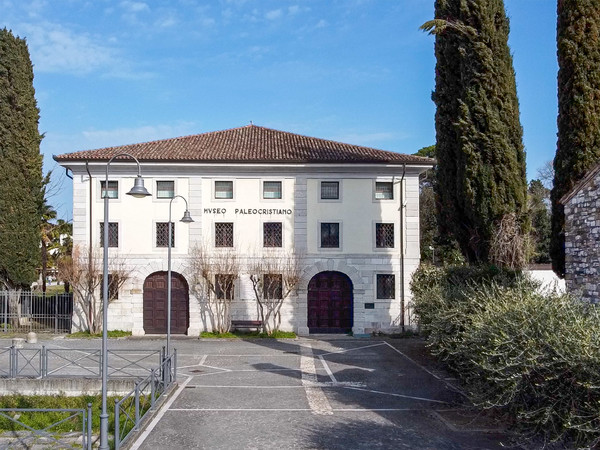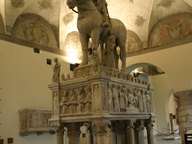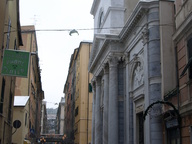Early Christian Museum
Guida Aquileia

- Location: Early Christian Museum
- Address: Piazza Pirano 1, Località Monastero
- E-Mail: museoarcheoaquileia@beniculturali.it
- Phone#: +39 0431 91035
- Opening: Friday from 2:30 PM to 6:30 PM
- Price: Free entrance
The building that has housed the Paleochristian Museum of Aquileia since 1961 is an original example of the enhancement of an archaeological area within a museum structure. Inside are the remains of the early Christian basilica built in the north-eastern area of the city at the end of the fourth century AD. The ancient place of Christian worship has given way, over time, to the church of the Benedictine monastery for women, and, at the end of the 18th century, to an agricultural structure, to then be museumized in the 1960s, following the discovery of archaeological remains. The museum can be reached with an evocative walk between past and present through the so-called Via Sacra, built in 1934 with the earth from the excavations of the Port, to trace the bed of the "Natisone con il Torre", the river of Roman Aquileia. Inside the museum, numerous artifacts relating to the Christian life of Aquileia are exhibited: sculptural fragments and architectural decorations in stone, mosaics flank the rich collection of funerary inscriptions from the Christian age. The portraits of the deceased engraved on stone and the epigraphs in Latin and Greek that describe their age, professions, family and social relationships represent a cross-section of Aquileian society of the 4th-5th century AD.



